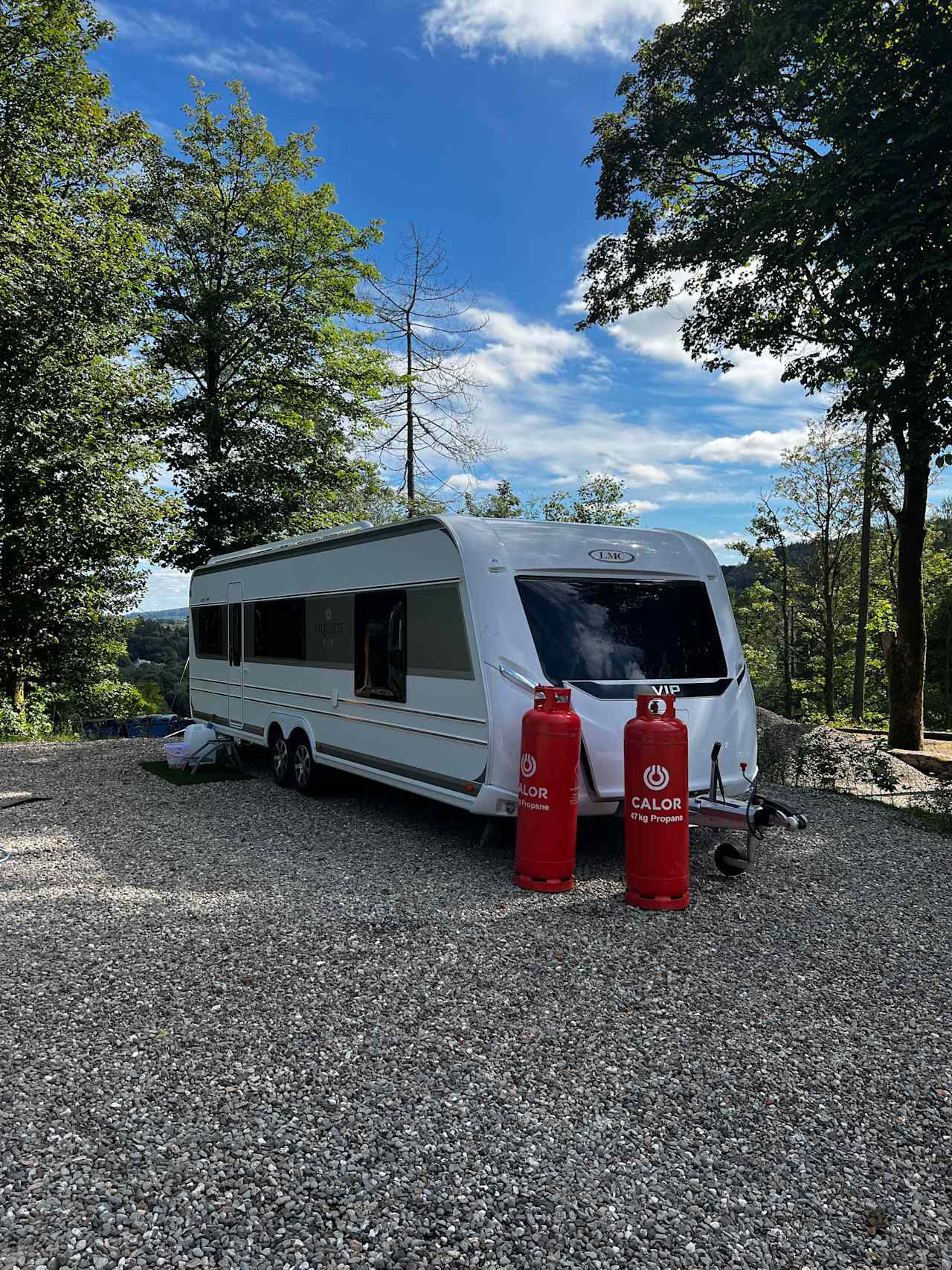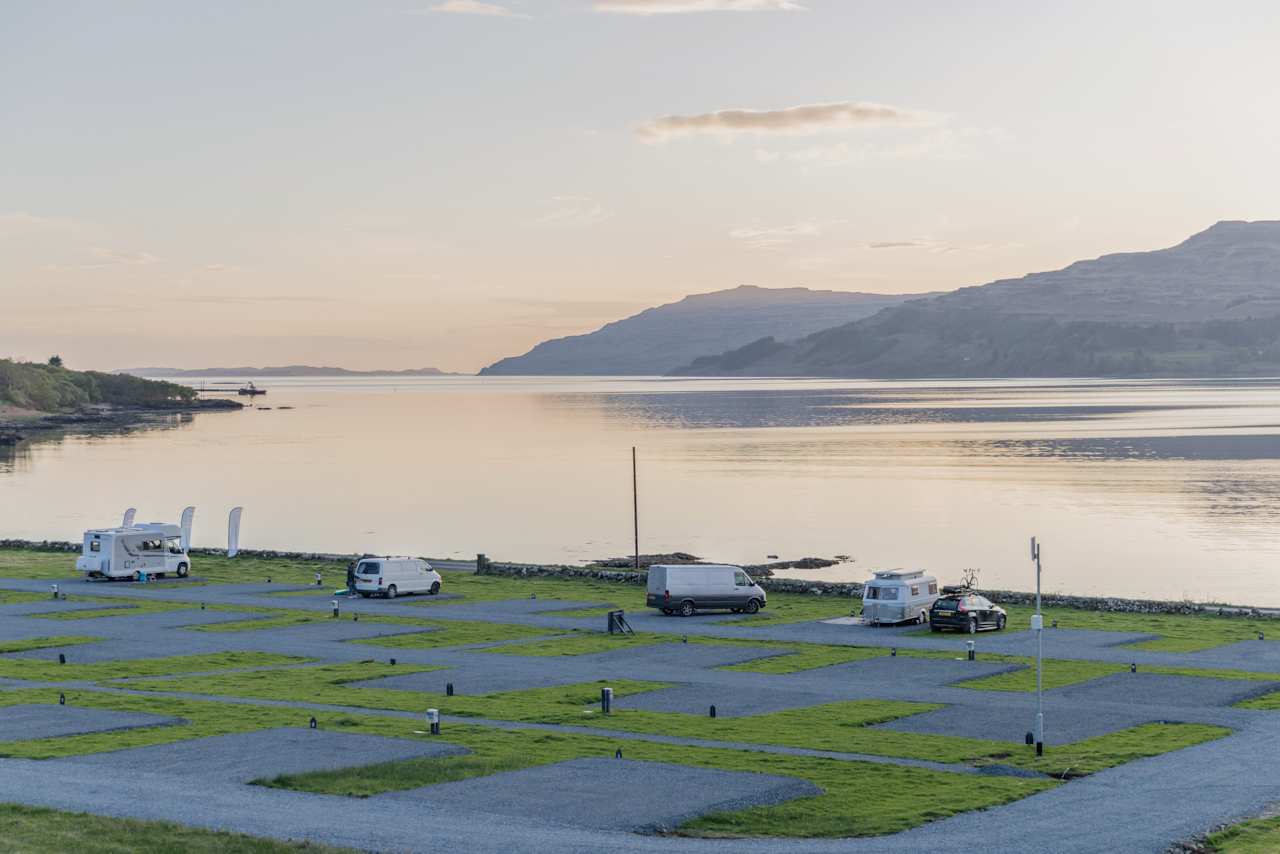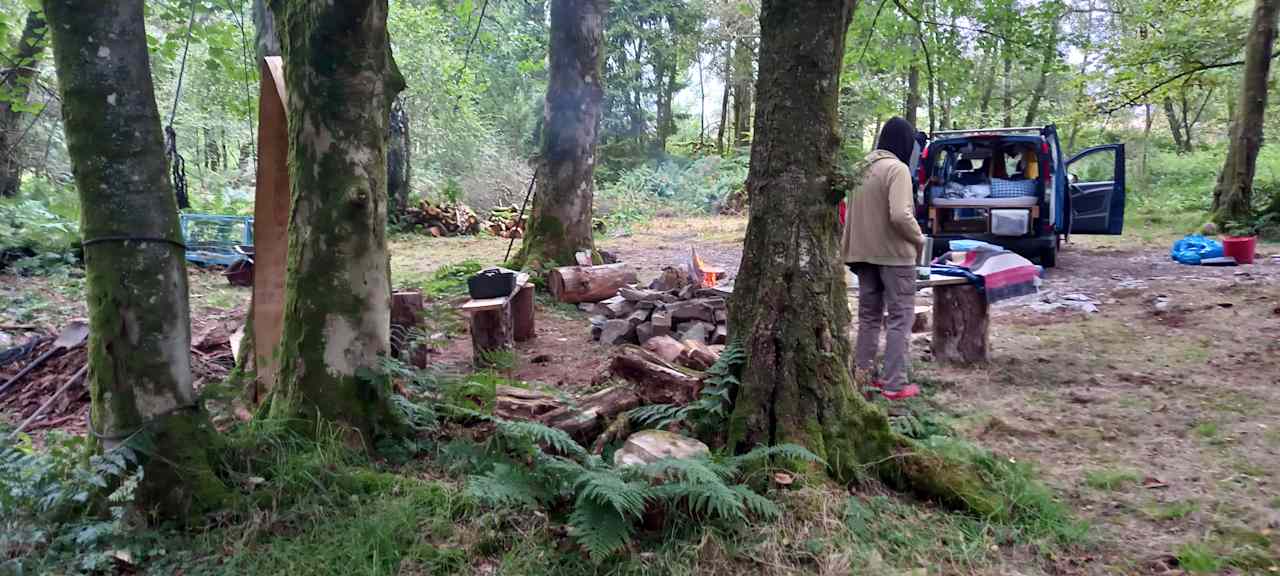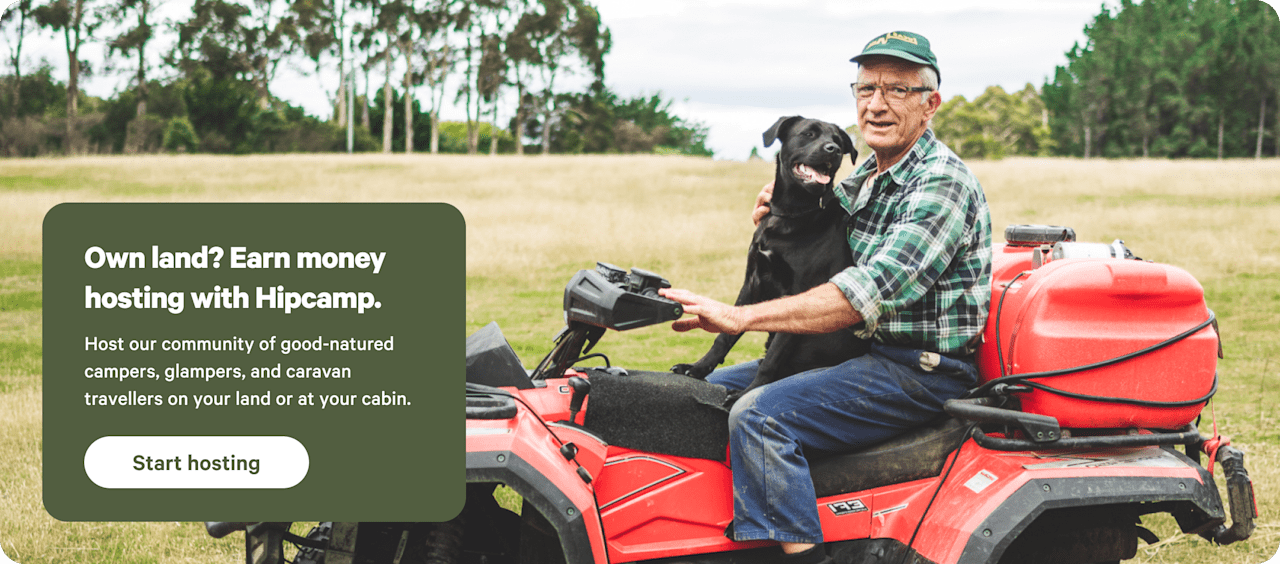Caravan parks near Stirling
The Scottish city of Stirling is steeped in history and surrounded by natural beauty.
Popular for motorhomes and campervans
Dog-friendly caravan sites
6 top caravan sites near Stirling
Available this weekend
Caravan sites under £50


Caravan parks near Stirling guide
Overview
Rich history and a scenic setting lure visitors to the Scottish city of Stirling. Perched atop the plug of an extinct volcano, the city has a beautifully preserved Old Town that is a jumble of historic buildings and cobbled streets leading to a majestic castle. Also dominating the city's impressive skyline is the National Wallace Monument, honouring the legendary Scottish freedom fighter. Located on the edge of Loch Lomond and the Trossachs National Park, the city is also a handy base for outdoor enthusiasts who can have multiple camping options including well-appointed caravan parks and shepherd’s huts.
Around Stirling
A 10-minute drive from Stirling’s city center and within walking distance of the Wallace Monument, which overlooks the site, family-run Witches Craig Caravan Park has pitches for tents, caravans and motorhomes. Campers can access the Ochil Hills directly from the site and take a stroll around the nearby Stirling University campus loch, home to plentiful wildlife. Back in the city centre, Stirling County Campsite offers grass and hardstanding pitches with no electric hookups on a limited seasonal basis.
Bridge of Allan
Ten minutes north of Stirling, Bridge of Allan is a former spa resort situated in wooded countryside below the Ochil Hills. Situated on a working farm that is home to goats, horses and more, The Arns offers a selection of fully-equipped glamping pods. Campers have the chance to see a variety of Scottish wildlife such as birds of prey and deer, and easy access to Cocksburn Reservoir for fishing or taking a walk.
Blair Drummond
Seven miles northwest of Stirling, Blair Drummond Safari Park is home to 350 free-roaming animals, including lions and monkeys, and a popular family attraction. Adjacent to the safari park and situated in a walled garden, Blair Drummond Caravan Park is surrounded by trees and lush greenery. The site has grass and hardstanding pitches for tents, caravans and motorhomes, as shepherd's huts for a glamping experience.
Where to go
When to go
The best time to visit is summer when the weather is warmer and the days are longer. That’s peak season, however, which may mean long lines for attractions and booked-up sites, especially during school holidays. September or October are good alternatives for enjoying the area with fewer crowds and vibrant autumnal foliage. Winter visitors will contend with cold conditions and short daylight hours, but can enjoy beautiful, crisp landscapes.































